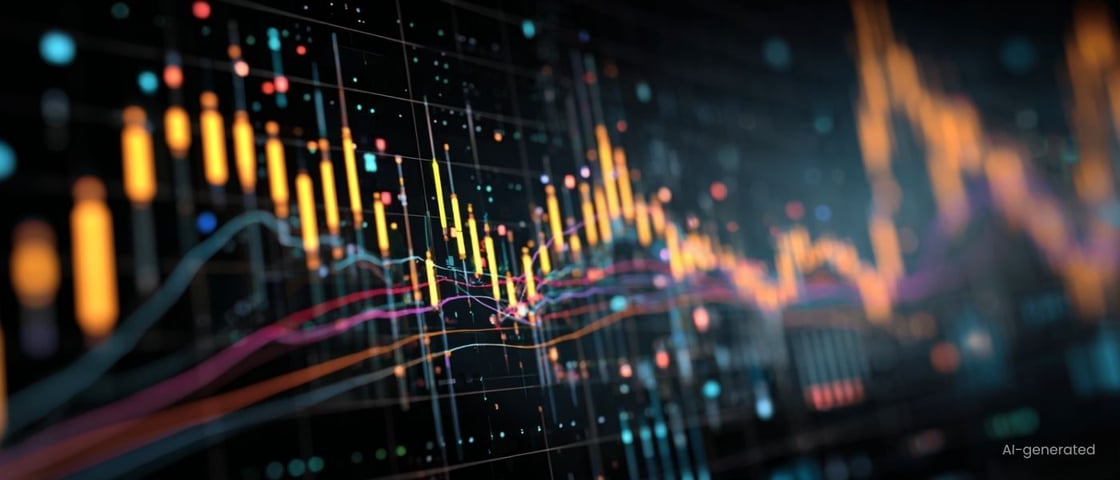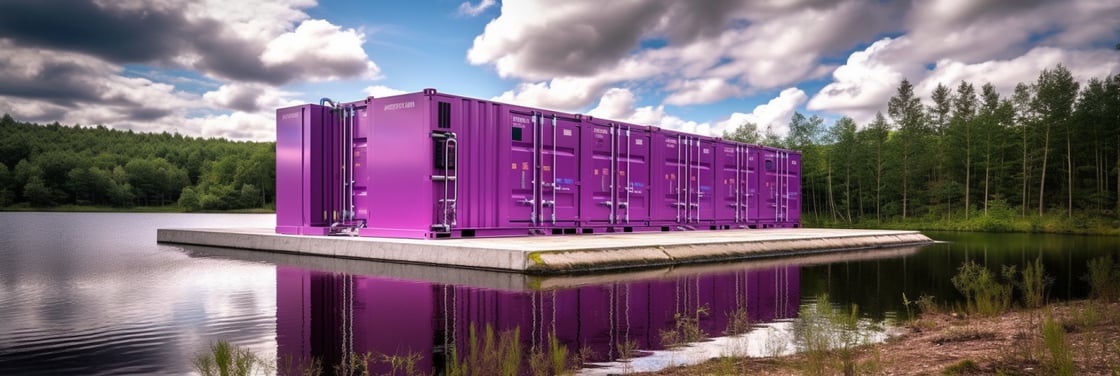Can renewables exist without conventional power plants?
In a poll on our LinkedIn, we asked followers what will drive the energy transition. Unsurprisingly, the top answer was rebewables. Not too long ago, only very few people would have throught this, and the rest would have laughed at the idea.
Take, for comparison, the horse carriage. All infrastructure was built around it - the width of the streets, parking stations with feeding supply. Also, people were used to the modest speed and lack of comfort during the ride, so when Henry Ford came along with his modern assembly line for manufacturing automobiles, the public was skeptical. But, as the decades passed, the environment and human behavior adapted to automobiles and they became established as an indispensable commodity for modern societies.
More recently, we saw online streaming services surpassing Blu-ray, which in turn had just replaced the DVD. We are now used to modern technology gaining ground fast and then finding itself in retreat a few years later. When you look at the energy sector you may come to the same radical conclusion: If the goal is to have fully sustainable energy generation at some point, and renewable energy sources are the superior technology to help us achieve that goal, why not replace all those unsustainable thermal power plants with wind and solar parks immediately and entirely?
In this article, we want to show you why the energy sector can’t be turned 100% renewable right away and how conventional power plants can assume a positive new role in the energy revolution.
Renewables on the rise
Renewable energy sources are predicted to dominate the energy market by 2030, so investors are jumping on board, encouraging innovation while lowering manufacturing and installation costs. Electricity demand is rising, with e-mobility becoming the norm in more and more homes and countries considering shifting household and commercial heating to electricity. The operation of renewable energy sources will become more viable with the widespread use of battery storage.
If the steady supply of resources for manufacturing is maintained and the Suez Canal remains passable, renewables will have no problem meeting this rising demand for electricity. The bottleneck doesn't lie in logistics or governance, it lies in the distinct nature of the energy system, as a rising share of renewables can also cause more grid instabilities and a higher risk of blackouts.
Keeping the grid stable with flexibility
A power system's degree of flexibility is determined by how quickly it can adapt generation or usage in response to external forces. Renewables have a low flexibility capacity, as their energy generation heavily depends on fluctuating environmental conditions like the weather. Therefore, they cannot simply produce more energy on cue. An energy system that partly consists of renewable energy sources needs to be able to balance such fluctuations with on-demand flexibilities.
 Source: Energy Transitions Commission
Source: Energy Transitions Commission
Renewables get cheaper to produce and operate each year, and they are seen as the backbone of the energy market in a sustainable future, but what will happen to conventional energy sources? According to the International Energy Agency, the combined share of coal, gas, and nuclear power plants will shrink to an estimated 55% by 2040, and the share of flexibility in the energy system will decrease alongside it. But having more renewables also means more demand for that precious flexibility. Alarm bells should be ringing. A shortage in flexibility can cause grid instabilities, which in turn can lead to inefficiencies, local outages, or even widespread blackouts.
Conventional thermal power sources get a lot of bad press due to the unsustainable nature of the resources they consume. But with a share of more than 70% of total capacity generating almost 5000 GW, they still remain the backbone of today’s energy market. With their huge flexibility potential, they will stay a major player in future energy markets, and with retrofitting measures, it is possible to further increase their flexibility.
By providing crucial flexibility to an energy system that consists of more and more renewable energy sources, they are able to minimize the risk of a major blackout. This way, conventional power plants can play a new positive role in the energy transition and enable the integration of more solar and wind. Meanwhile, the ongoing rollout of battery storage will further decrease the need for conventionals.
Why keep conventional power plants alive?
RethinkX regularly reports on studies about the disruption of the energy sector. In their recent report 'The Great Stranding’, they assume that conventional power plants won’t be able to sell the same volume of electricity as today within the coming decades. Competitive pressure from solar photovoltaic and onshore wind power, as well as BESS (battery energy storage systems), will cause electricity prices to drop sharply in the next few years. As they won’t be able to sell their electricity at the high prices that covered their costs in the past, conventional energy sources will have a hard time staying marketable.
While in renewable energy sources flexibility is hard to come by, in thermal power plants it can be developed at a low cost. In the future, these plants could run at a lower capacity and provide crucial flexibility by marketing the majority of their capacity on the intraday market. This way, conventional power plants can offer valuable energy in times when renewable energy sources aren’t able to provide sufficient electricity, enabling them to stay competitive without relying on government subsidies.
In the medium term, there is no declared winner between conventionals and renewables – for a sustainable and stable energy supply, they are required to go hand in hand. We need all types of energy sources to do what each does best. And this can be arranged on a barrier-free intraday market, where market participants can enhance their performance by responding to supply or demand in order to take advantage of favorable prices.
Raising profits with flexibility markets
To fight climate change and reach the 2050 goals, many countries, e.g. the UK, decided to go for electrification across many sectors. Today, electricity makes up just 20% of energy demand, and according to the Energy Transitions Commission (ETC), it could increase up to 70% by 2050. But where would the required amount of electrical energy come from? More nuclear and thermal power plants? This would counteract sustainability goals. The solution is to introduce as many renewable energy sources as possible to meet the rising demand and offset the lack of inherent flexibility with storage.
Renewables as the main source of energy represent the cheapest and most efficient way to decarbonize the economy. ETC calculates that wind and solar must increase from today’s 10% to about 40% of total electricity generation by 2030, and to over 75% by 2050. This means wind and solar installations must grow by 5-7 times annually until 2030, and by more than 10 times until 2050. With such a high rate of energy being dependent on environmental conditions like wind and sun, it's key to be able to tap into the flexibility potential of all energy sources, non-renewable if need be.
 Source: Energy Transitions Commission
Source: Energy Transitions Commission
Renewable energy sources themselves can also play a vital role in flexibility provision by participating in the intraday market. In 2020, the share of electricity generated by sustainable energy sources amounted to 36.6% with a total production of 2,800 GWh. To stabilize the grid against this influx, the flexibility of conventional power plants can be traded on the same intraday markets.
The significant growth of renewable energy with an increase in total energy production of almost 50% compared to 2016 clearly correlates with the increase in intraday trading, with EPEX Spot showing a 77% growth trading volume in the same time period.
 Yearly traded intraday volumes in auctions and continuous markets at EPEX SPOT
Yearly traded intraday volumes in auctions and continuous markets at EPEX SPOT
Source: EPEX SPOT Annual Report 2019
Are you interested in marketing your flexibility?




